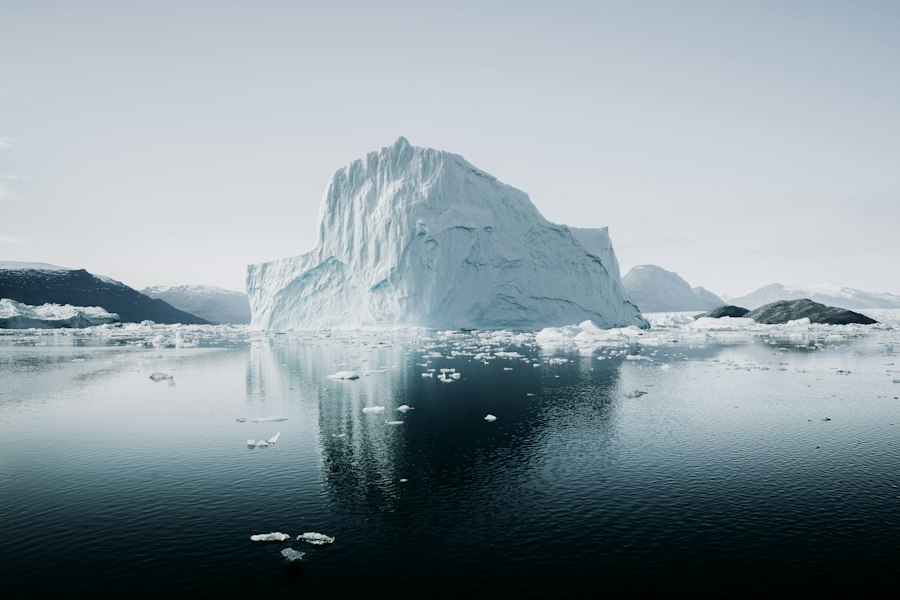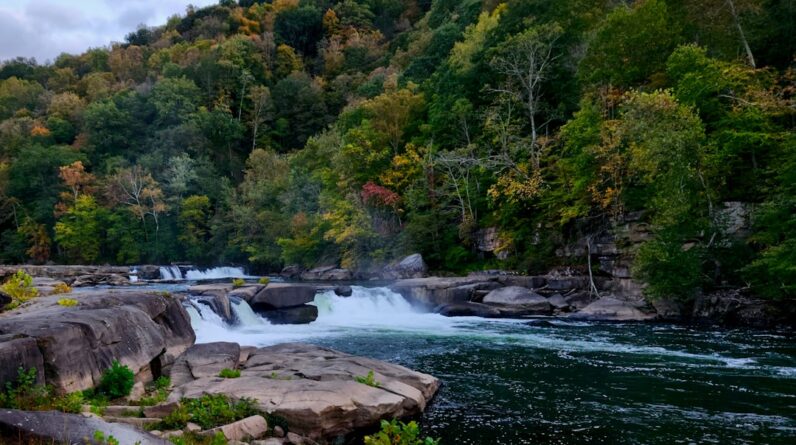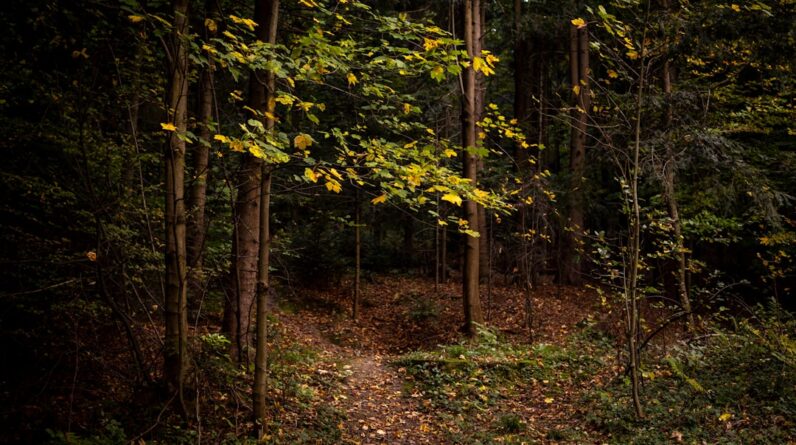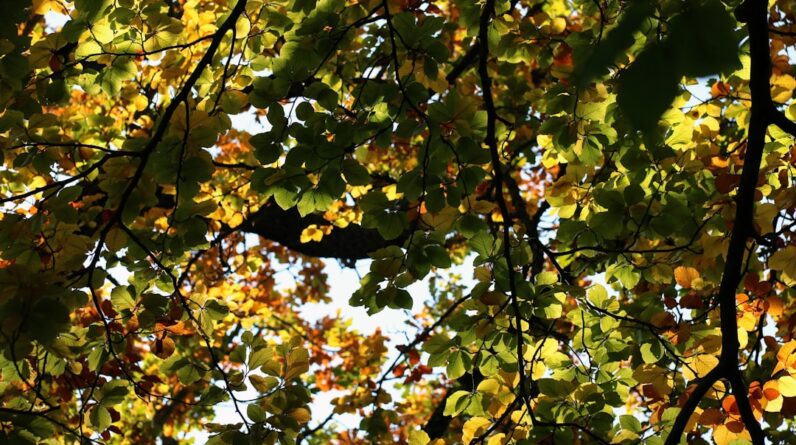Polar Bear Provincial Park is located in northern Ontario, Canada, along the western coast of Hudson Bay. Established in 1973, the park covers an area of approximately 24,000 square kilometers, making it one of the largest protected areas in the province. The park is named after its most iconic resident, the polar bear, and is known for its important role in polar bear conservation.
The park’s history dates back thousands of years, with evidence of human habitation by indigenous peoples. It was designated as a provincial park to protect the unique and fragile ecosystem of the tundra and its wildlife. Today, it serves as a vital sanctuary for polar bears and other wildlife species.
Key Takeaways
- Polar Bear Provincial Park is a vast wilderness area in northern Ontario, Canada.
- The tundra landscape of the park is unique and home to a thriving wildlife population.
- Polar bear watching is an unforgettable experience in the park, but the best time to visit is in the fall.
- Conservation efforts are crucial to protect the delicate ecosystem of the tundra.
- The tundra has cultural significance to Indigenous peoples and presents challenges for survival, but also endless opportunities for adventure.
The Unique Landscape of the Tundra
The tundra is a vast and unique ecosystem characterized by its cold temperatures, short growing season, and low-lying vegetation. It is found in regions with long, cold winters and short, cool summers, such as the Arctic and subarctic regions. The tundra is known for its permafrost, which is permanently frozen ground that lies beneath the surface.
Polar Bear Provincial Park’s landscape is dominated by rolling hills, wetlands, and rivers. The park is home to extensive areas of permafrost, which plays a crucial role in maintaining the stability of the tundra ecosystem. Permafrost acts as a natural barrier that prevents water from draining away, creating wetlands that provide important habitat for a variety of plant and animal species.
The Thriving Wildlife of the Tundra
Polar Bear Provincial Park is home to a diverse range of wildlife species that have adapted to survive in the harsh conditions of the tundra. In addition to polar bears, the park is home to other large mammals such as moose, caribou, and wolves. It also supports a rich bird population, including migratory birds that rely on the tundra as a breeding ground.
The tundra is of particular importance for migratory birds, as it provides a safe and abundant food source during the summer months. Many bird species travel thousands of kilometers to breed in the tundra, taking advantage of the abundance of insects and plant life. The park’s wetlands are especially important for waterfowl, providing nesting sites and feeding grounds.
However, the wildlife of the tundra faces numerous threats. Climate change is causing the loss of sea ice, which polar bears rely on for hunting and breeding. Habitat destruction, pollution, and overhunting also pose significant risks to the survival of tundra wildlife. Conservation efforts in Polar Bear Provincial Park are crucial for protecting these species and their habitats.
The Unforgettable Experience of Polar Bear Watching
| Metrics | Values |
|---|---|
| Number of polar bears spotted | 12 |
| Duration of the tour | 3 hours |
| Number of participants | 8 |
| Distance from polar bears | 50 meters |
| Temperature during the tour | -10°C |
| Number of photographs taken | 120 |
One of the main attractions of Polar Bear Provincial Park is the opportunity to witness polar bears in their natural habitat. The park offers guided tours and viewing platforms that allow visitors to observe these magnificent creatures up close. However, it is important to approach polar bear watching with caution and respect for the animals and their environment.
When visiting the park, it is essential to follow the guidelines provided by park staff and tour operators. This includes maintaining a safe distance from polar bears, not disturbing their natural behavior, and avoiding any actions that could harm them or their habitat. Responsible wildlife viewing is crucial for ensuring the well-being of the animals and preserving their natural behaviors.
The experience of polar bear watching in Polar Bear Provincial Park is truly unforgettable. Seeing these majestic creatures in their natural environment, surrounded by the stunning beauty of the tundra, is a once-in-a-lifetime experience that leaves a lasting impression.
The Best Time to Visit Polar Bear Provincial Park
Polar Bear Provincial Park experiences distinct seasons throughout the year, each offering unique opportunities for visitors. The best time to visit for polar bear viewing is during the fall months, from late September to early November. This is when the polar bears gather along the coast of Hudson Bay, waiting for the sea ice to form.
During this time, guided tours and viewing platforms provide visitors with the chance to see polar bears up close as they wait for the sea ice to return. It is important to note that polar bear viewing is highly regulated in order to protect the bears and ensure their safety. Visitors must book tours in advance and follow all guidelines provided by park staff.
In addition to polar bear viewing, there are many other activities to enjoy in Polar Bear Provincial Park. These include hiking, camping, fishing, and wildlife photography. The park’s diverse landscape and abundant wildlife offer endless opportunities for adventure and exploration.
The Importance of Conservation Efforts in the Tundra

Conservation efforts in Polar Bear Provincial Park are crucial for protecting the fragile tundra ecosystem and its wildlife. The park plays a vital role in polar bear conservation, providing a sanctuary for these iconic creatures as their natural habitat is threatened by climate change.
In addition to polar bears, the park is home to a wide range of plant and animal species that rely on the tundra for survival. Wetlands in the park provide important breeding grounds for waterfowl, while the permafrost acts as a natural barrier that helps regulate water flow and prevent erosion.
However, the tundra ecosystem faces numerous threats. Climate change is causing the loss of sea ice, which polar bears rely on for hunting and breeding. Rising temperatures also pose a risk to permafrost, which could lead to changes in water flow and habitat loss for many species.
Protecting the tundra ecosystem is not only important for current generations but also for future ones. By conserving this unique and fragile ecosystem, we can ensure that future generations have the opportunity to experience its beauty and appreciate its importance.
The Cultural Significance of the Tundra to Indigenous Peoples
Polar Bear Provincial Park has a rich indigenous history, with evidence of human habitation dating back thousands of years. The tundra has always been of great cultural significance to indigenous peoples, who have relied on its resources for survival and have developed a deep connection to the land.
The tundra provides indigenous communities with important food sources, such as caribou and fish. It also offers materials for shelter, clothing, and tools. The tundra is not only a source of physical sustenance but also a spiritual and cultural one, with many indigenous traditions and ceremonies centered around the land.
Efforts are being made to preserve and promote indigenous culture in Polar Bear Provincial Park. This includes working closely with indigenous communities to incorporate traditional knowledge and practices into park management and visitor experiences. By recognizing and respecting the cultural significance of the tundra, we can ensure that indigenous peoples’ voices are heard and their traditions are preserved.
The Challenges of Surviving in the Harsh Tundra Environment
Living in the tundra presents numerous challenges due to its harsh and unforgiving environment. Extreme cold temperatures, strong winds, and limited food sources make survival difficult for both humans and wildlife.
However, tundra wildlife has evolved unique adaptations that allow them to thrive in these challenging conditions. For example, polar bears have a thick layer of blubber and dense fur that provide insulation against the cold. They also have a keen sense of smell that allows them to detect prey from long distances.
Understanding the challenges of living in the tundra is crucial for ensuring the well-being of both wildlife and humans. It allows us to develop strategies for mitigating the impacts of climate change, protecting habitat, and promoting sustainable practices.
The Fascinating Geology of the Tundra
The geology of Polar Bear Provincial Park is as fascinating as its wildlife and landscape. The park is located on the Canadian Shield, one of the oldest geological formations on Earth. It is characterized by exposed bedrock, rugged terrain, and numerous lakes and rivers.
The tundra landscape is shaped by a combination of glacial and periglacial processes. Glaciers have carved out valleys and left behind moraines, while permafrost has shaped the land through freeze-thaw cycles and the formation of ice wedges.
Studying tundra geology is important for understanding the history of the land and its ongoing processes. It provides valuable insights into the formation of the landscape, the effects of climate change, and the potential for natural hazards such as landslides and erosion.
The Endless Opportunities for Adventure in Polar Bear Provincial Park
Polar Bear Provincial Park offers endless opportunities for adventure and outdoor recreation. From hiking through the tundra to fishing in pristine lakes, there is something for everyone to enjoy.
Hiking trails in the park provide access to some of the most remote and untouched areas of the tundra. These trails offer breathtaking views of the landscape and opportunities to spot wildlife such as caribou, moose, and wolves.
Fishing is another popular activity in Polar Bear Provincial Park. The park is home to numerous lakes and rivers that are teeming with fish, including trout, pike, and walleye. Fishing in these pristine waters is not only a great way to relax but also an opportunity to connect with nature and appreciate the beauty of the tundra.
It is important to approach outdoor recreation in Polar Bear Provincial Park with a sense of responsibility and respect for the environment. This includes following all park regulations, practicing Leave No Trace principles, and minimizing our impact on the land.
In conclusion, Polar Bear Provincial Park is a unique and important protected area that plays a crucial role in polar bear conservation. Its vast tundra landscape, diverse wildlife, and rich indigenous history make it a truly special place to visit. By understanding and appreciating the beauty and significance of the tundra, we can work together to protect and preserve it for future generations.
If you’re planning a trip to Polar Bear Provincial Park and want to make the most of your experience, you might be interested in reading the article “Exploring the Tundra’s Majesty at Polar Bear Provincial Park” on Travelogs.org. While you’re there, you can also check out their related article on the health benefits of avocado. Avocado is not only delicious but also packed with nutrients that can support your overall well-being. So, why not learn about the majestic tundra and discover the health benefits of this amazing fruit at the same time? Read more








